Etiquette is such a funny word, especially in connection to dogs… it has a whiff of being old-fashioned and stuffy. And yet, when you decide to head downtown, and bring your adorable four-legged companion with you, many people will harbor certain expectations for you and your dog’s behavior. Below are some common ones that you may or may not agree with personally, but people may hold you to nonetheless:
Pick up your dog’s poop. Especially downtown! (It goes without saying: remember to bring poop bags with you if you are planning to take your dog with you downtown).
Avoid letting your dog randomly approach people. Interesting fact: 28% of Vermonters have a dog at home.[1] Which means that while lots of people in Vermont like dogs, not everyone who sees your dog will want to say hello. When you are downtown, your dog should be kept on leash and the leash should be kept short enough to prevent your dog from willy-nilly reaching unsuspecting people who may be passing by.
If you see a human passerby’s face light up in pure joy at the sight of your beloved companion, and they ask, “Can I pet your dog?”, then you can let your dog greet him or her – politely. A polite greeting means that your dog’s paws remain on the ground, and your dog does not jump on the person. While some people don’t mind jumping at all (and they may even tell you this), it can be confusing for your dog to be allowed to jump on some people but not others. It’s easier to be in the habit of greeting all people without jumping. If you have trained your dog well enough, meaning you are confident your dog would not jump on the person while being petted, you might say something like, “yes! go right ahead!”
Otherwise, you might say, “We’re working on being polite with people. I’d love for you to pet him, but let me see if I can get him in a sit first.” Then, pull out an amazing, mind-blowing treat---if your dog is pro-social and likes human beings, you are going to want to make sure your treats trump the human factor. Ask your dog to sit, hold that scrumptious treat near your dog’s nose as a promise in exchange for maintained good behavior, then invite the human to go ahead and pet. If your dog successfully sits through this exciting encounter, reward him with the treat! If your dog blows it, however, you might walk away apologetically and say, “one moment please!” With repetition over time, your dog will learn that the consequence of jumping on people means not getting to say hello.
Similarly, avoid letting your dog randomly greet other dogs passing by. This is particularly important. Another well-behaved dog walking calmly on leash with its person in a downtown area isn’t necessarily a socialization opportunity for your dog. Take a moment to look at the person handling the dog. If the handler is distracted and/or juggling bags, children, etc. in addition to the dog, this may not be a good time to try to engage in a social encounter. Or sometimes you’ll see the handler politely stepping off to the side or moving in a deliberate half-circle to skirt around you. If this is the case, definitely take the cue that this is not a good time to let your dog approach. Even if the handler seems to be open to the interaction, always ask before letting your dog’s leash be loose enough to reach the other dog: “Is it okay for them to meet?” (Note: try to avoid saying, “Is your dog friendly?” While it’s common to say this, it might actually imply a character deficit in the other dog!)
Before taking your dog downtown, you will also want to consider whether your own dog would enjoy this kind of outing. Some dogs do perfectly well on hiking trails, but downtown throngs of people just might not be their thing. Other dogs love people, but may become overly barky or excited when they see other dogs. A loud voice – whether human or canine – is not necessarily fun or considerate in a public environment intended to be enjoyed by a wide variety of people.
Lastly, consider if YOU will enjoy taking your dog with you! Perhaps you think your dog would have a complete blast, but you will be spending all your time managing your dog and preventing him or her from running up to other dogs and people. If you do want to take your dog downtown, but don’t want it to be a hassle due to lack of training, consider taking a suite of training classes geared towards, firstly, basic obedience, then being able to perform routine obedience in the presence of distractions, then being able to be completely zen and chill in a downtown area. Recommended skills include being able to walk on a loose leash in the presence of distractions, a solid “leave it” in case they are tempted to eat something unsavory or unhealthy off the sidewalk, a nice polite automatic sit-stay for greeting people, and the ability to focus on you when you ask them to, even if they are tempted not to. If you and your dog would both enjoy being downtown, the effort to set your dog up for success will be well-worth it and you’ll be able to share many urban adventures together!
A version of this ‘blog was published in the quarterly magazine 4 Legs & a Tail, Northern VT & New Hampshire edition, Aug 27, 2018.
[1] https://www.avma.org/news/press-release/avma-releases-latest-stats-pet-ownership-and-veterinary-care
